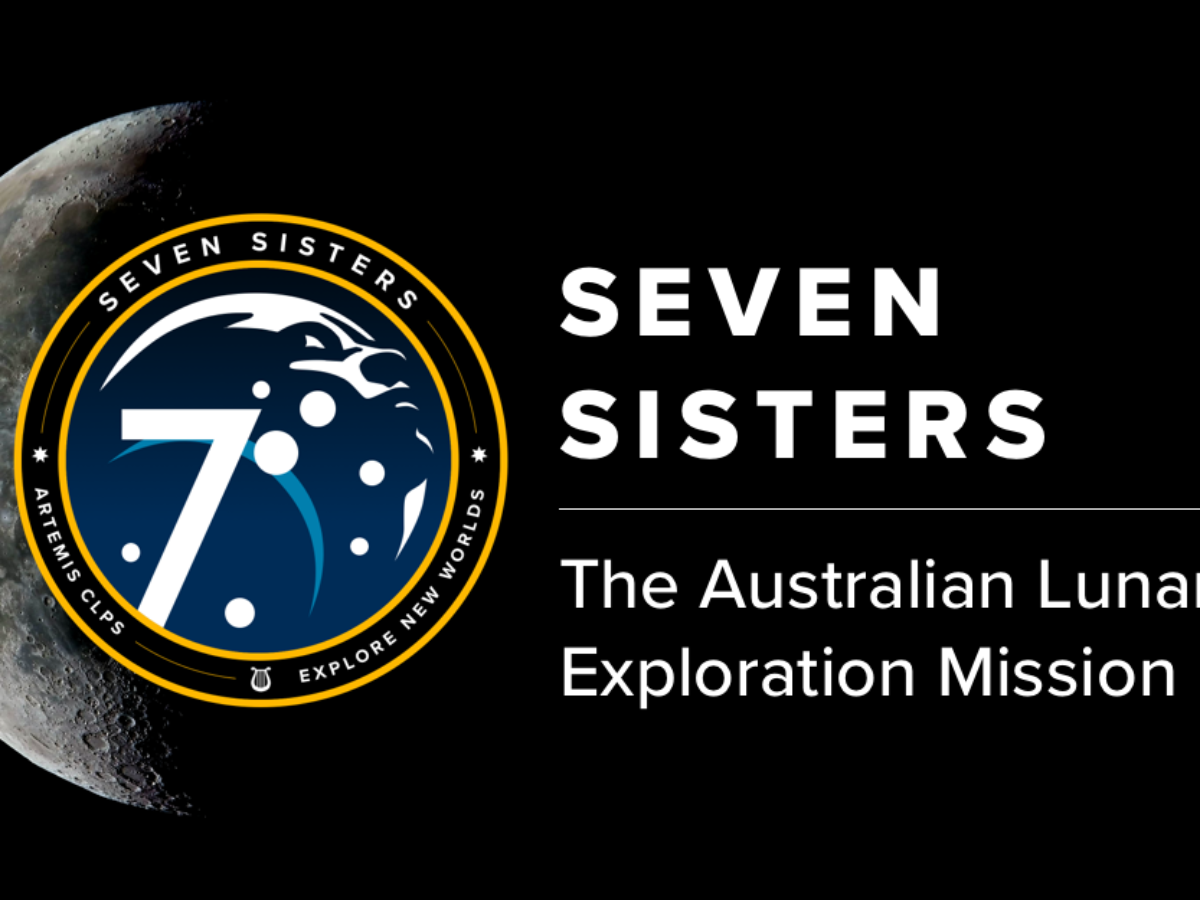Adelaide’s Fleet Space announces lunar satellite mission

Adelaide’s Fleet Space Technologies has announced Seven Sisters, a venture to send nanosatellites and sensors to the Moon to search for water and resources.
The mission, under secret development for a year, involves OZ Minerals, The University of Adelaide, UNSW, Unearthed, Tyvak Nano-Satellite Systems, Inc. and Fugro and supports NASA’s Artemis Programme.
Fleet Space’s Centauri nanosatellites are already in Low Earth Orbit providing internet of things connectivity to businesses.
Now the company has revealed the first generation of prototype probes will deployed and tested this summer, as part of proving hardware and space systems which could travel to the Moon and Mars.
Fleet Space CEO, Flavia Tata Nardini said: “We are thrilled to launch our mission utilising the best of Australia’s capabilities.
“Our satellites are already in space and our consortium members have proven capabilities in the most demanding environments on Earth.
“We are ready.”
The Seven Sisters name comes from the star cluster known by indigenous Australians as the Seven Sisters, or more commonly as the Pleiades.
The mission builds on Australian strengths in communications, remote sensing, and potentially remote minesite operation.
Mission director Matt Pearson said: “Ultimately we are seeking footholds on these new worlds.
“In-situ resource utilisation is key to having permanent bases on the Moon, Mars and beyond.”
South Australian Premier Steven Marshall said the programme was a fantastic example of the capability of South Australia’s space industry to collaborate on the kind of major space exploration projects that will secure the state’s place in the global space race.
Marshall said: “This programme shows how vital collaboration within the industry is to our national success in this emerging sector.
“Together, we have the potential to unlock the infinite possibilities of the space sector – we are clever, we are innovative, and we have the resources to do it.”
NASA’s Artemis Programme aims to land the first woman and next man on the Moon by 2024 and will be equipped with arrays of sensors on the lunar surface to generate rich images of subsurface water and mineralisation.
Director of the Australian Centre for Space Engineering Research (ACSER), Professor Andrew Dempster said: “Australia is a world leader in mining engineering research and automation.
“It has the largest resources companies and it makes a lot of sense for our young space industry to concentrate on an area of Australian strength.
“The Seven Sisters mission offers a real opportunity to leverage strong Australian technology to promote human endeavours on the Moon.”
Picture: Fleet Space Technologies
Subscribe to our free @AuManufacturing newsletter here.
Topics Manufacturing News Technology
@aumanufacturing Sections
Analysis and Commentary Awards Defence Manufacturing News Podcast Technology Videos










